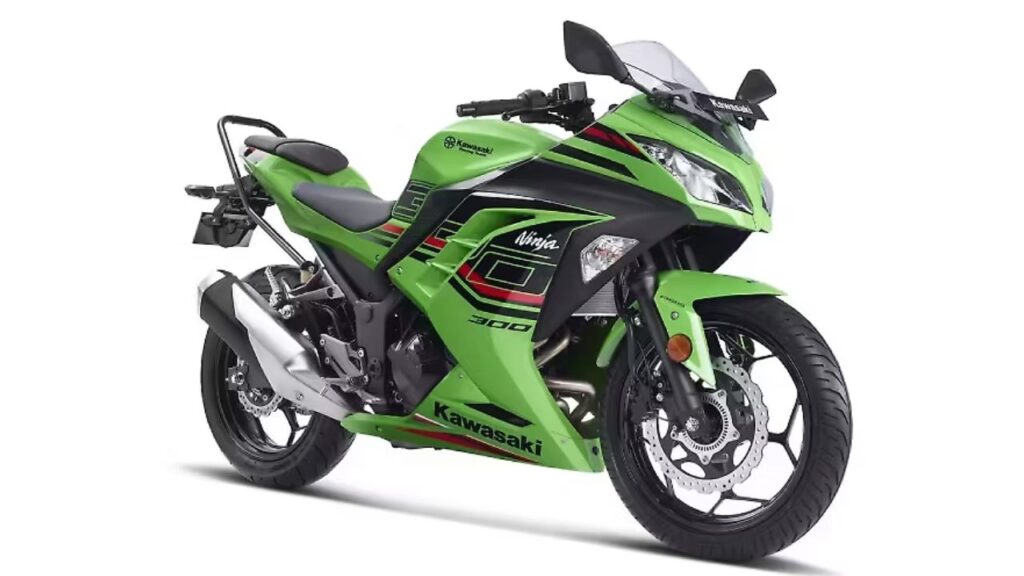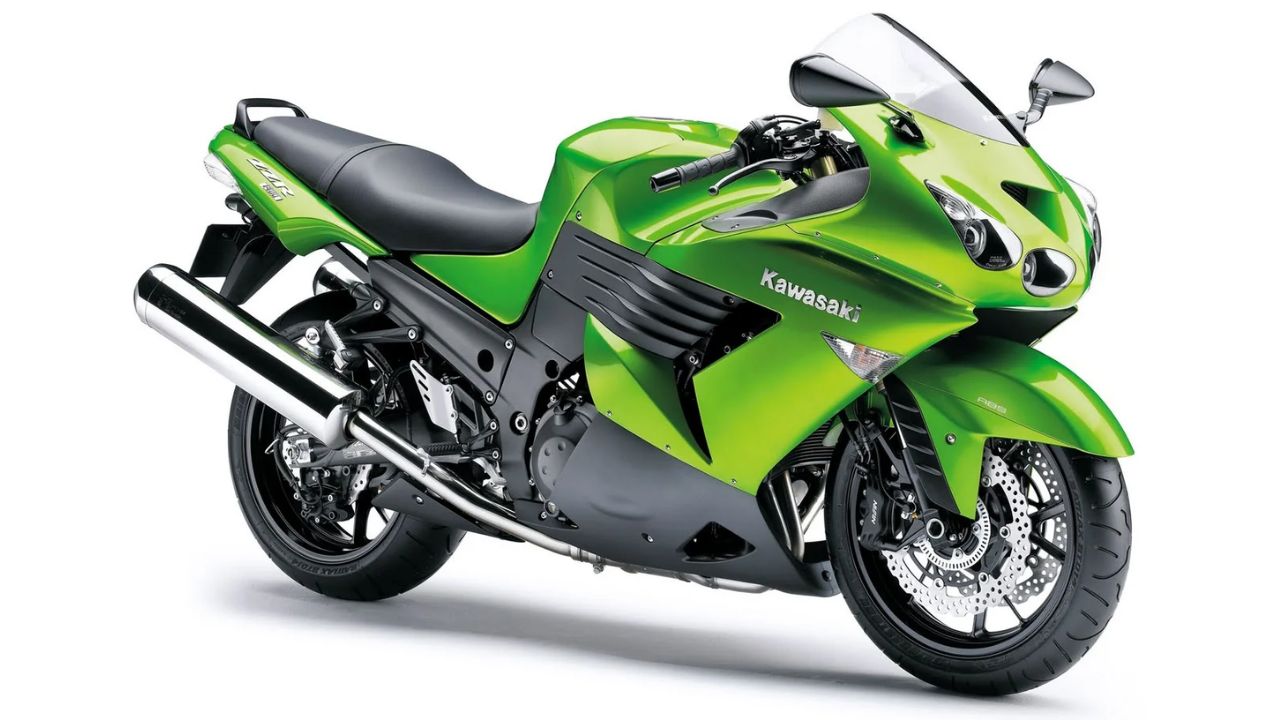The Indian motorcycle market just witnessed a dramatic shift in pricing, thanks to the rollout of GST 2.0—a move that’s proving a win-win for both bikers and brands. Leading the headlines is Kawasaki, which has announced significant price reductions across its line-up, making bikes like the KLX230, Ninja 300, W175, and Versys-X 300 more accessible than ever before. In this comprehensive analysis, discover how GST 2.0 is reshaping the industry, explore the newly slashed prices of Kawasaki’s offerings, and understand what this policy means for the future of mid-segment motorcycles in India.
GST 2.0: A Game-Changer for Motorcycle Buyers
Effective from this financial year, GST 2.0, as implemented by the Ministry of Finance, imposes an 18% Goods and Services Tax (GST) with no additional cess on motorcycles with engine capacities up to 350cc. For brands like Kawasaki, this offers a window to adjust their price strategy and pass major benefits down to consumers—a rare move in a market often dominated by frequent price hikes.
Why Does GST 2.0 Matter?
- It standardizes the tax rate for a popular segment of motorcycles, eliminating the confusion created by cess and variable tax slabs.
- For manufacturers like Kawasaki, whose India line-up includes several models below the 350cc limit, GST 2.0 creates an opportunity to target price-sensitive buyers and boost sales.
- This move encourages first-time buyers, enthusiasts, and even commuters upgrading from mass-market to premium motorcycles.
Read Also: Hero Karizma XMR 250 2025: A Comprehensive Review of the Next-Gen Sportbike
Kawasaki’s New Pricing Revealed: More Value, Wider Appeal
Kawasaki’s range, now re-priced under GST 2.0, covers models from rugged trail-bikes to sporty faired bikes and classic retro cruisers. Here’s a segment-wise breakdown of what buyers can expect.

Kawasaki KLX 230 & KLX 230 RS
The off-road specialist KLX230 and its RS variant have seen robust price reductions:
| Model | Model Year | Old Price (ex-showroom) | New Price (ex-showroom) |
| KLX 230 | MY26 | 1.99 lakh | 1.84 lakh |
| KLX 230 | MY25 | 3.30 lakh | 2.99 lakh |
| KLX 230 RS | MY26 | 1.94 lakh | 1.79 lakh |
| KLX 230 RS | MY24 | 5.21 lakh | 4.81 lakh |
The KLX 230 is a versatile dirt bike, ideal for adventure seekers and trail enthusiasts who need solid off-road credentials within a sensible budget.
Kawasaki W175: Retro with a Modern Twist
Known for its old-school charm and simple single-cylinder engine, the W175 now becomes even more attractive:
| Model | Model Year | Old Price (ex-showroom) | New Price (ex-showroom) |
| W175 | MY23 | 1.22 lakh | 1.13 lakh |
| W175 SP ED | MY23 | 1.24 lakh | 1.15 lakh |
| W175 | MY24 | 1.29 lakh | 1.19 lakh |
| W175 SP ED | MY24 | 1.31 lakh | 1.21 lakh |
| W175 Street | MY24 | 1.35 lakh | 1.25 lakh |
This series makes retro-motorcycling accessible, especially for city riders and those nostalgic for classic looks but craving Japanese reliability.
Kawasaki KLX 110RL: Entry-Level Off-Roader
KlX 110RL, equipped with a 110cc engine, is another highlight for riders seeking an entry into the dirt-biking world.
- Old Price: Rs 3.12 lakh (ex-showroom)
- New Price: Rs 2.88 lakh (ex-showroom)
Its lightweight build and nimble handling are perfect for younger or less-experienced riders looking to hone their trail skills.
Kawasaki Ninja 300: Iconic Faired Sport
Among the most recognizable sport bikes in India, the Ninja 300’s revised pricing broadens its appeal:
- Previous Price: Rs 3.43 lakh (ex-showroom)
- New Price: Rs 3.17 lakh (ex-showroom)
With a sharp design, reliable parallel-twin engine, and high-revving fun, the Ninja 300 now appeals not only to enthusiasts but also to professionals looking for real performance on a budget.
Kawasaki Versys-X 300: Affordable Adventure Touring
Adventure touring is catching on in India, and the Versys-X 300 offers an enticing gateway with its recent price drop:
- Revised Price: Rs 3.49 lakh (ex-showroom)
A capable tourer on highways and rough terrain alike, Versys-X 300 is a meaningful step for riders eager to go further.
Decoding the Impact: How GST 2.0 Helps Buyers and Brands
For Customers
- Lower upfront prices mean easier access to premium bikes—a huge plus for aspirational riders who previously viewed Kawasaki as beyond reach.
- Standardized GST makes motorcycles in the 110cc-350cc bracket more affordable overall.
- More competition among brands to offer value-for-money models may further push down prices or increase features.
For Kawasaki and the Market
- Expanded addressable market: Lower prices will likely stimulate demand from new buyers, urban youth, and existing riders considering an upgrade.
- Better inventory turnover as dealers clear previous stock faster, thanks to renewed interest generated by new price tags.
- Possibility for Kawasaki to reinforce its position in the premium small and mid-size motorcycle segment, creating room for more product launches in the future.
What Should Buyers Know Before Purchasing?
While price cuts make models more enticing, riders should consider:
- The most recent manufacturing year (MY) fetches the most value.
- On-road prices may vary depending on state registration, insurance, and accessories.
- Kawasaki’s service network and availability of spare parts continue to expand, but buyers should check for regional support, especially for off-road or premium models.
The Road Ahead: Will GST 2.0 Spark a Two-Wheeler Renaissance?
GST 2.0’s lower and simpler tax regime could prompt other manufacturers to revise their prices for the 110cc to 350cc market. Brands like Royal Enfield, Honda, Yamaha, and Suzuki may also introduce keenly priced models or special editions to leverage the tax benefits.
A broader industry impact is likely, with premium and mid-segment bikes playing a more prominent role in India’s evolving automotive landscape.
Read Also: Benelli 752 S 2025: A Detailed Review of the Upcoming Mid-Size Naked Sportbike
Kawasaki India’s Value Proposition: More Than Just a Price Drop
Price is just one side of the equation. Kawasaki is also doubling down on rider experience:
- Continuous product updates across the portfolio.
- Improved after-sales service, customer engagement, and riding communities.
- Special editions and timely digital initiatives to keep younger buyers engaged.
By adapting to market demands and policy changes, Kawasaki demonstrates not just resilience, but a drive to define the future of riding in India.
Conclusion: New Era for Riders, New Challenge for Rivals
Kawasaki’s swift response to GST 2.0 reaffirms its focus on Indian riders and has redefined value in the premium motorcycle space. For aspirational bikers, GST 2.0 is more than a tax break—it’s a passport to bigger adventures, sharper machines, and a deeper connection to their riding dreams.

1 thought on “Kawasaki Motorcycles Get Cheaper in India: How GST 2.0 Transformed the Two-Wheeler Market”